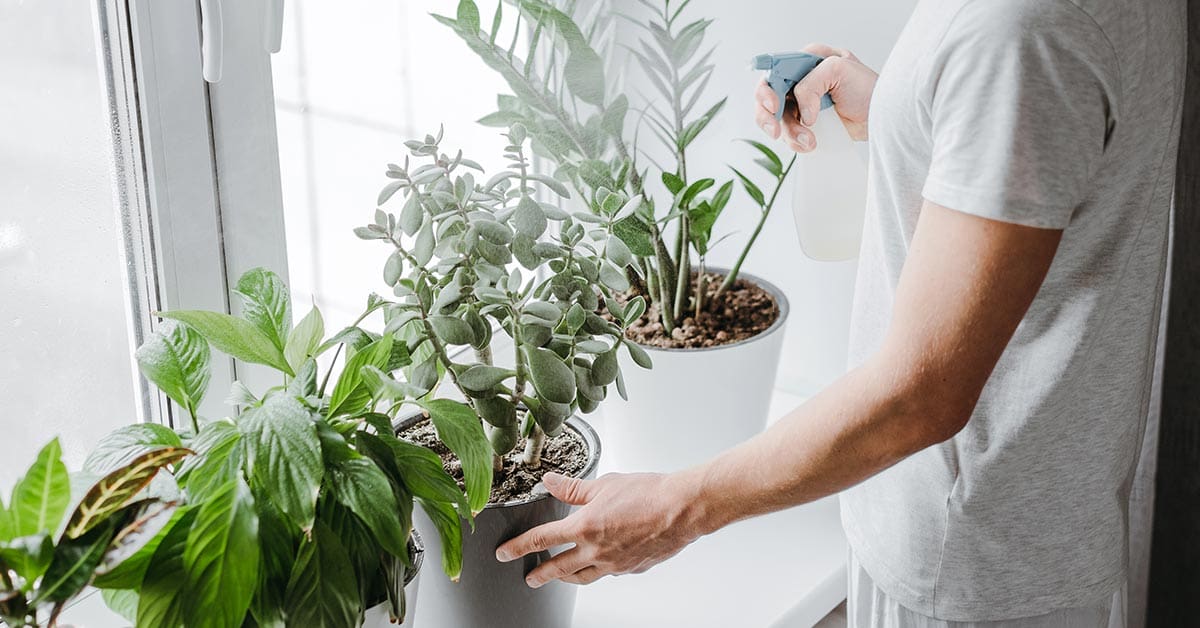Winter indoor gardening tips for the urban homosexual

Indoor gardening is an ideal way to brighten up every queer home during lockdown
If you’re an ardent city-based gardener, you probably have a few indoor plants standing around to bring a touch of nature into your home. With winter well underway (and yet another hard lockdown), here are a few essential winter indoor gardening tips for the urban homosexual.
Pay attention to the light and water your plants are getting
Getting enough light and water in winter? Honey, we all need to take heed to do exactly that. Insofar as it concerns your plants, take care that they are still getting enough sunlight during the day – as the sun’s path in the sky changes in winter, you might have to move your plants around to ensure they get optimal exposure.
Most houseplants require good indirect light, preferably near a north-facing window – place them on the other side of your lace or voile curtains, so as to filter the direct sunlight. If you’re not sure what kind of light your plants need, a quick internet search will help you to ensure they’re getting enough sun to photosynthesise.
Houseplants require less water in winter than they do during summer. As many indoor plants go into a semi-dormant state in the colder months, watering them roughly every 10 days with lukewarm water should suffice and prevent rotting. Again, it’s good to make sure how much water your specific plants require.
Temperature and humidity
If your plants are standing on a surface that gets very cold, like tiles, place a cork tile, a piece of Styrofoam or a plant dolly underneath it. Don’t let your plants stand too close to the window, and move them away from the windows at night.
Temperatures that are too hot can also be bad for your houseplants – if they are in a room that is heated, take care to mist them regularly with lukewarm water to account for reduced humidity.
Fertilise
Just like you do, your plants also need adequate nutrition when it’s colder. You can cut down on the fertilising a little during the winter, unless you have spring-flowering bulbs (hyacinths or daffodils, for example), or poinsettias, begonias, cyclamens or cineraria. If you have indoor foliage plants, you can significantly cut down on the fertiliser, as these plants go into semi-dormancy in winter.
Make sure they’re clean
The leaf pores on your plants can become blocked as dust collects on them. Give the top and bottom of the leaves on your plants a quick wipe down with a warm, wet cloth once every often to prevent this from happening.
To repot, or not?
Now is a good time to assess whether your plants have become too big and need to be repotted. If the plant dries out quickly, the new leaves are smaller than the existing leaves, or the roots are growing out of the pot’s base, it’s a good time to give them a bit more space.
Want to expand your indoor garden?
Some hardy indoor plant choices to consider are the weeping fig (Ficus benjamina), African violets (Saintpaulia), bromeliads (Bromeliaceae genera) or spider plants (Chlorophytum comosum).
Happy indoor gardening!
Leave a Reply